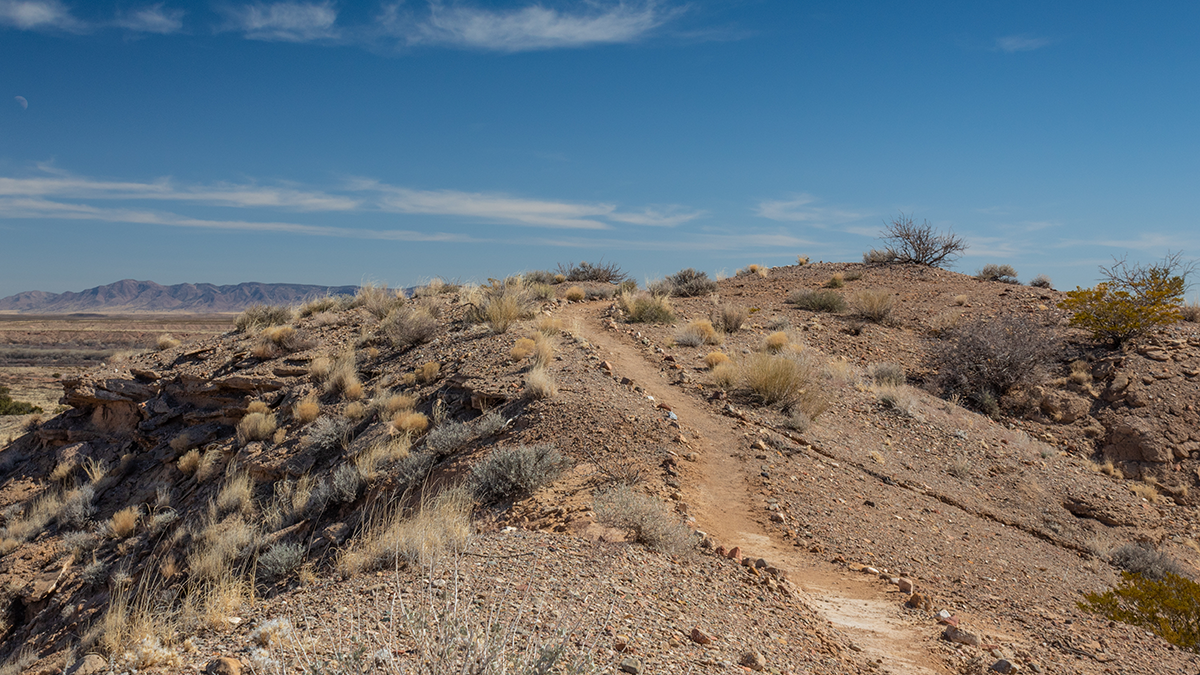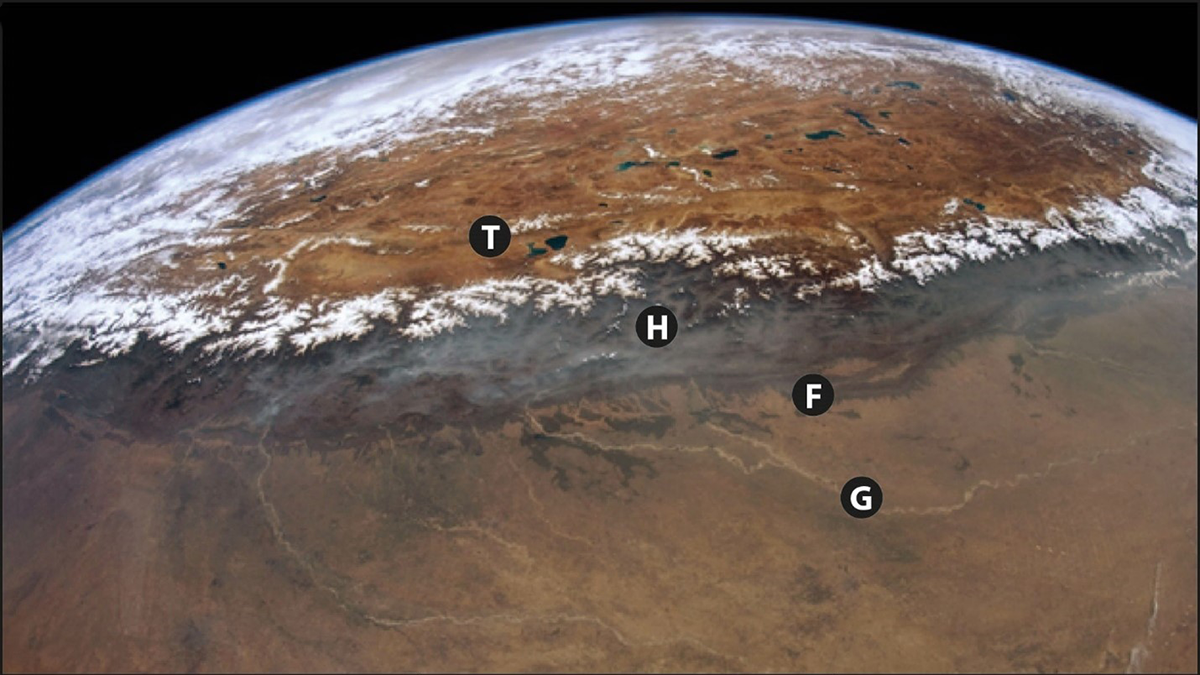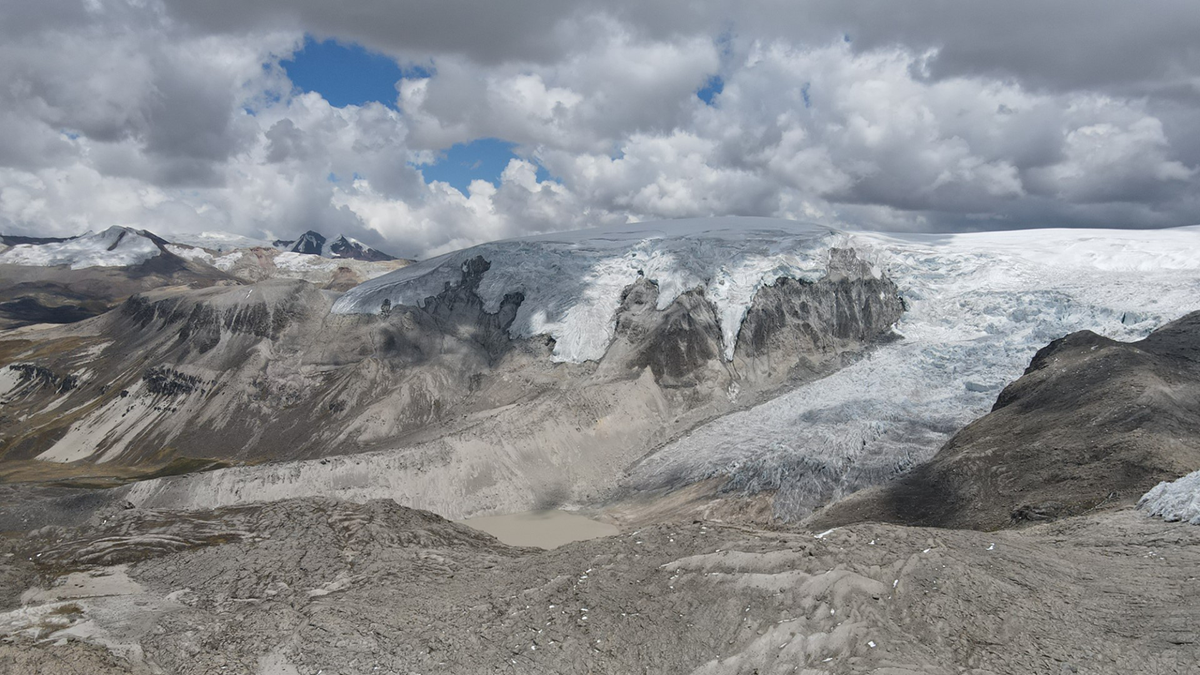The stratovolcano in central Mexico presents a rich case study of risk perception, science communication, and preparedness surrounding natural hazards.
Earth science
New Tracers of Wind Erosion Provide Insight into Dryland Vegetation
Rare earth element tracers provide insight into how fire and wind transport influence the vegetation state of the world’s drylands.
Magnitude 7.0 Quake Rattles Kyrgyzstan-China Border
The quake struck in the remote Tien Shan mountains.
How Good a Recycler is the Himalaya?
Researchers use sediment recycling to their advantage to calculate how fast the hills at the front of the Himalaya are eroding based on the concentration of rare elements in river sands.
The 22 January 2023 landslide at Zhenxiong in Yunnan Province, China
The Landslide Blog is written by Dave Petley, who is widely recognized as a world leader in the study and management of landslides. At 5:51 am local time on 22 January 2023, a significant landslide occurred in Liangshui Village in Zhenxiong County, Yunnan Province of China. It is reported that 47 people from 18 households […]
Law and Order for Friction and Faults: One Law to Rule Them All
Faults are made of complex materials with complex behaviors, and having a single model that can predict these behaviors is an advance in understanding deformation and the earthquake cycle.
River Damming: How it Harms Fish and What Can Be Done
The severe impacts of river damming on fish habitats have aroused widespread attention, prompting major conservation measures to help mitigate these negative effects.
Spring Heat Waves Pack a Punch for Snowpacks in the Pacific Northwest
New research shows how the snowpack loss due to moderate springtime heat waves outweighed that of a record-shattering summer heat dome.
Modeling Braided Rivers in Presence of Exotic Weeds and Dams
Numerical modeling can help with identifying the combined effects of weed growth, flood frequency, and magnitude on gravel bed rivers.
Plants Reveal the History of Earth’s Largest Tropical Ice Cap
Rooted plants buried by advancing outlet glaciers illustrate rapid changes in the extent of Quelccaya Ice Cap in Peru during the Holocene.










